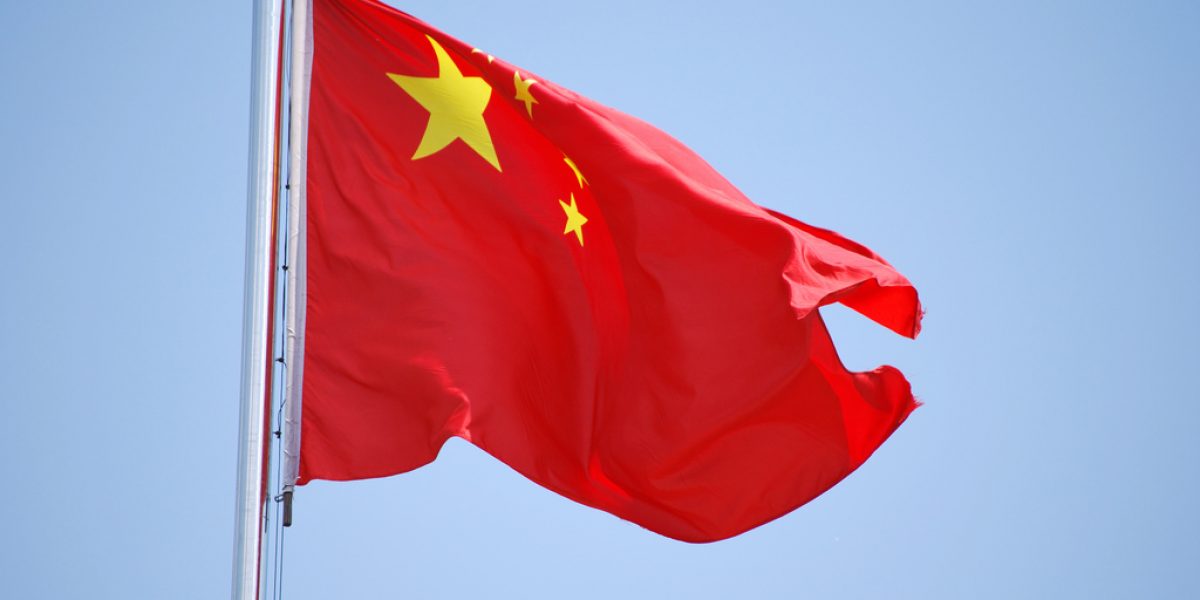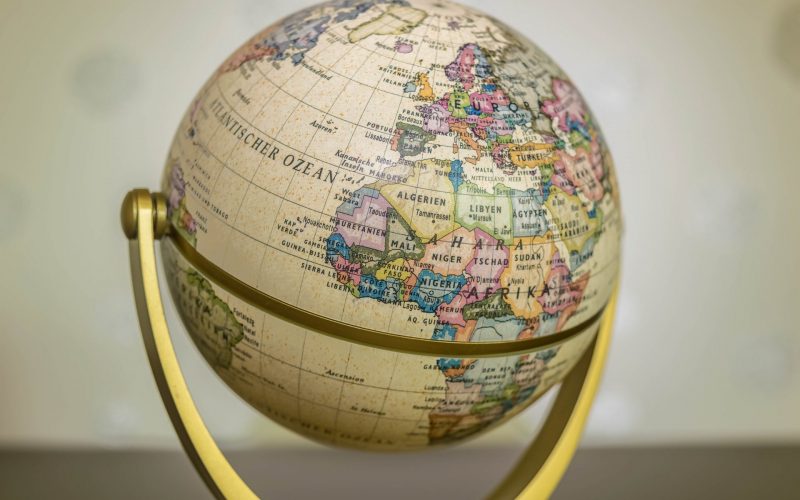This logic underpins the South African government’s decision to negotiate a free-trade area with China while conceding to it ‘market economy status’ in anti-dumping investigations. This negotiation will be conducted by all the countries of the Southern African Customs Union. Some sections of organised business and labour in SA are hostile to these initiatives. Detractors argue that China is not a market economy, and there is great fear of potentially increased Chinese competition associated with a free-trade area; this could be fraught with difficulties if government resorts to dragging reluctant social partners along with it. It is therefore imperative to assess the economic implications of engaging China.
China’s economic reforms, locked in through its commitments in the World Trade Organisation (WTO), suggest it is close to being a market economy. While a small portion of these reforms have still to be phased in, by the time the process is complete the ‘nonmarket economy’ criticism will no longer have the validity it once did.
A free-trade area with China requires recognition of China’s market economy status. However, it is not clear that SA requires a free-trade area with China in order to cement political relations. Furthermore, if it causes as critics of this one predict widespread economic dislocation, then the political case would be undermined. Therefore, the South African government needs to spell out its political logic so as to assist alarmed stakeholders to understand its position.
Trade between SA and China has grown rapidly over the past decade, especially in the past five years. Based on SA’s figures, it now totals about R23bn, with the bilateral trade deficit ballooning to about R10bn. The deficit is a lightning rod for alarmists. But Chinese figures tell a different story, reflecting a small surplus in SA’s favour. At the very least, this huge discrepancy in trade data needs to be resolved.
Yet even if the South African view is correct a large deficit need not be a major cause for concern: what matters is a country’s overall balance of trade, not bilateral balances. Unfortunately, the deficit is becoming something of a political football. This should not detract from analysing the economics of a freetrade area.
Free-trade areas are largely about securing market access through reducing formal barriers to trade. At their heart is goods trade and, depending on the negotiating partner, services trade. On the goods trade front, it is important to note that both SA and China with trade-to-gross domestic product (GDP) ratios (65% and 50% respectively) and weighted average tariff levels (approximately 7% in both cases) are already open economies by developing country standards. Given the size of the Chinese economy, this is remarkable, and distinguishes it from other giant economies with trade-to-GDP ratios typically in the 25% range. Clearly, there are major opportunities in the Chinese market for those with the savvy to take advantage.
The structure of bilateral trade is a classic story of comparative advantage. SA mostly exports commodities, primarily minerals and base metals, fueling China’s industrial boom. We also export some agricultural products a tiny proportion of the total.
Minerals and base-metals account for about 65% of SA’s total exports to China; and more than 90% of current exports there attract tariffs of 10% or less. Thus, not much extra market access will be attained via a free-trade area . There could be value in reducing tariffs where appropriate on these goods, if only to ensure we remain competitive with Australia, New Zealand, and southeast Asia, who are also considering free-trade areas with China.
China, on the other hand, exports manufactured goods to SA primarily electrical and electronic machinery. This reflects an intra-Asian shift of assembly plant location to China in line with China’s foreign direct investment boom.
We also import traditional labour-intensive goods from China, concentrated in clothing, textiles and footwear. They account for about one-third of total Chinese exports to SA, and face tariffs above 20%. Clearly, China could gain substantially if tariffs on these goods were reduced as would SA’s consumers.
Yet overly hasty liberalisation of these sectors could devastate them hardly a recipe for social stability. Conversely, high tariffs will not shield these sectors forever; restructuring is imperative. Their future is further clouded by the fact that US and European Union apparel quotas will be phased out next year, potentially reducing quota-hopping investment in SA and the region. However you look at it, potentially serious dislocation lies ahead for our labour-intensive industries. This process will occur regardless of whether we negotiate a free-trade area with China. But it would probably be hastened through a free-trade area.
Agriculture is a different story. Based on current trends, China is increasingly a net food-importing nation. Furthermore, its burgeoning middle-class consumes an increasing quantity of prepared foods and other consumer goods. SA is well placed to supply such products, provided our officials can negotiate an array of product-specific protocols. On the defensive side, China also has potential to be a major exporter of basic commodities and value-added products. Overall, our agriculture department is cautiously optimistic about a free-trade area.
Incidentally, the trade structure suggested here raises serious questions about the trajectory of our industrial strategy. Can we competitively export value-added manufacturing products, to China and other markets? Can we compete with the Chinese in regional markets for these products? And will China’s sustained industrial boom continue to raise commodity prices, thereby underpinning the strong rand? Is China (and India’s) secular expansion condemning us to primary-products export status? And would this be a bad outcome?
The services front is more difficult to fathom. Clearly, China requires a range of services inputs to feed its gargantuan industrial machine.
SA can competitively provide some of those, such as in construction, finance, and media. However, it is not clear that a free-trade area will provide greater market access.
First, China’s WTO services commitments are extensive, so it is not clear what further access we could gain through a free-trade area. Second, services negotiations are essentially about rules and regulations which China will not easily alter for small partners.
On balance, therefore, government should proceed with caution.






